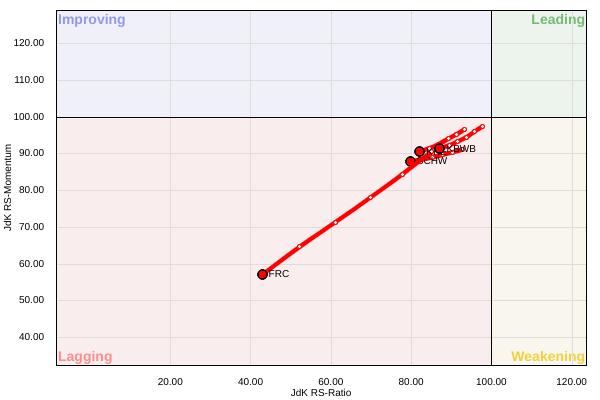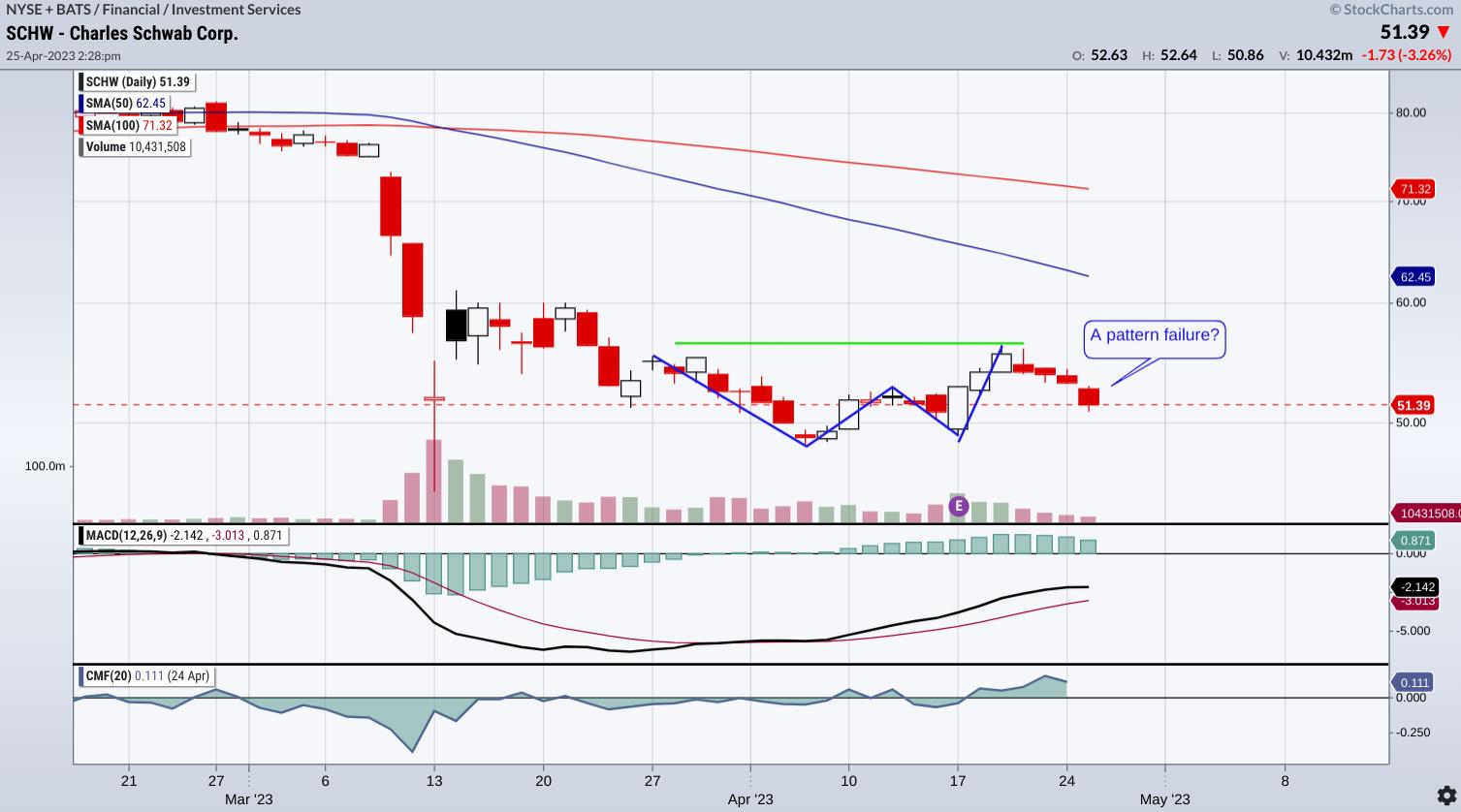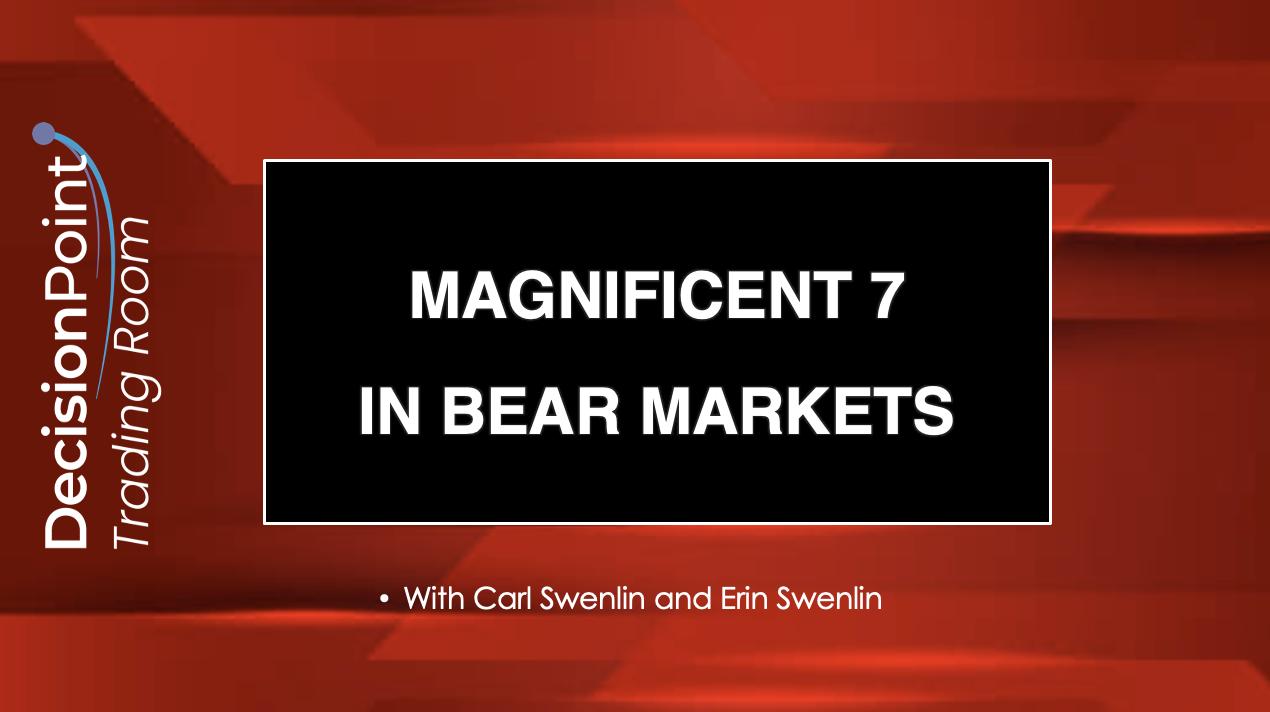
Charles Schwab (SCHW)'s month-long freefall that started on March 9 was quite a spectacle. It took place amid the Silicon Valley Bank collapse, which triggered a shockwave that impacted the regional banking industry all the way to Wall Street and Main Street.
After the initial hit, SCHW got sucker-punched with another 5% stock drop after Morgan Stanley downgraded the bank/brokerage. When the dust finally settled in early April, the stock was down over 39% from its 2023 highs.
"Chill, we got this," to colloquially paraphrase Schwab's CEO Walt Bettinger as he assured investors that even if deposit outflows get wild, the company can remain standing. J.P. Morgan Chase (JPM) even claimed that SCHW was able to cash in on the crisis as inflows went through the roof, so to speak.
It Ain't Over Til It's Over
Schwab's Q1 FY 2023 results made a few on Wall Street choke on their morning coffee, but it wasn't all that bad. If anything, the results showed that the bank/brokerage still had a lot of fight left, and with just enough financial juice to turn itself around from "sluggish" to "slugger."
Consider this:
- Higher interest rates lifted net interest income by 27% YoY—not the cash flow you'd expect from a collapsing company.
- Weekly inflows surged, benefiting directly from the banking jitters.
- Schwab also raked in assets with a massive amount of management fees, with over $1.1 billion collected in Q1, even in a lackluster market.
In short (and to quote the great Yogi Berra), "It ain't over til it's over."
A Double Bottom "Tripling" or Just "Failing"?
Schwab initially formed a double bottom pattern between April 5 and April 17.
That formation appears to be under threat. Note that this is taking place amid First Republic's (FRC) 30% slide after posting earnings results on Monday, in which the bank mentioned a 40% drop in deposits.
Generally, double bottoms are bullish, but you shouldn't overlook its 16% failure rate (according to analyst Thomas Bulkowski's estimates). Traders looking to go long on Schwab are probably wondering if the stock is going to "triple," partly as a result of the sentiment toward the overall industry (the Dow also took a -300 point hit), or if Schwab, on its own merits, hasn't found its bottom yet (in short, a pattern failure)?
Looking at PerfCharts below, year-to-date, Schwab, far from First Republic, is still underperforming the regional banking (KRE) and larger banking (KBWB) industries.

CHART 1: OVERALL BANKING INDUSTRY PERFORMANCE. Charles Schwab is still underperforming the SPDR S&P Regional Banking ETF (KRE) and Invesco KBW Bank ETF (KBWB).Chart source: StockCharts.com. For illustrative purposes only.
The RRG Charts give a clearer, yet bleaker, picture of what's going on:

CHART 2: RRG OF THE BANKING INDUSTRY. This chart shows that the entire banking industry is in the lagging territory.Chart source: StockCharts.com. For illustrative purposes only.
The entire banking industry, along with Schwab, has entered Lagging territory, with FRC leading the pack, as expected.
Let's take a closer look at Schwab's "bottom."

CHART 3: DOUBLE BOTTOM IN CHARLES SCHWAB STOCK. Will the double bottom chart pattern turn into a triple bottom, or will it fail? That remains to be seen. Given the banking industry turmoil, it may be a while before we get an answer.Chart source: StockChartsACP. For illustrative purposes only.
The initial double bottom formation is clearly in limbo. Whether it's going to form an "ugly" double bottom, a triple bottom, another kind of formation (such as a Three Rising Valley pattern), or just straight-out fail—all of this will be answered in the following days. Market entry signals have therefore been suspended, all pending the outcome of whatever formation takes place.
The moving average convergence/divergence (MACD) crossing in early April "was" generally bullish. The MACD histogram was in positive territory after the crossover, but the crossover took place well below the zero line. The Chaikin Money Flow indicator shows buying pressure building up after the second test of the double bottom formation.
But still, the 50-day simple moving average crossing under the 200-day (i.e. Death Cross) didn't give the most promising picture. And to top it all off, the First Republic Bank earnings debacle surely soured market sentiment, to a point where all three major US stock indexes took a major hit.
Still, Some Analysts Saying "Buy"?
Several prominent financial media figures and channels are looking at Schwab as an undervalued (potential) winner. It depends on whether you're speculating on grounds of "investment" or "trading."
Initially, Schwab's scenario made for a good potential swing trade. But now, that picture has changed. And the wisest thing to do, at least for short-term profit-seeking, is to wait it out.
The Bottom Line
If you look at Schwab's freefall, it can be captivating, especially if you're a contrarian on the bear side of the market. Amid the chaos of the banking industry, not to mention the terrain of the market, Schwab's fate remains uncertain.
While some analysts champion Schwab as an undervalued gem, it may be wise to bide your time before diving into murky waters. In the end, the market will render its verdict. And we'll see whether Schwab emerges as a slugger or if it succumbs to the weight of its misfortunes.

Disclaimer: This blog is for educational purposes only and should not be construed as financial advice. The ideas and strategies should never be used without first assessing your own personal and financial situation, or without consulting a financial professional.
Happy charting!






